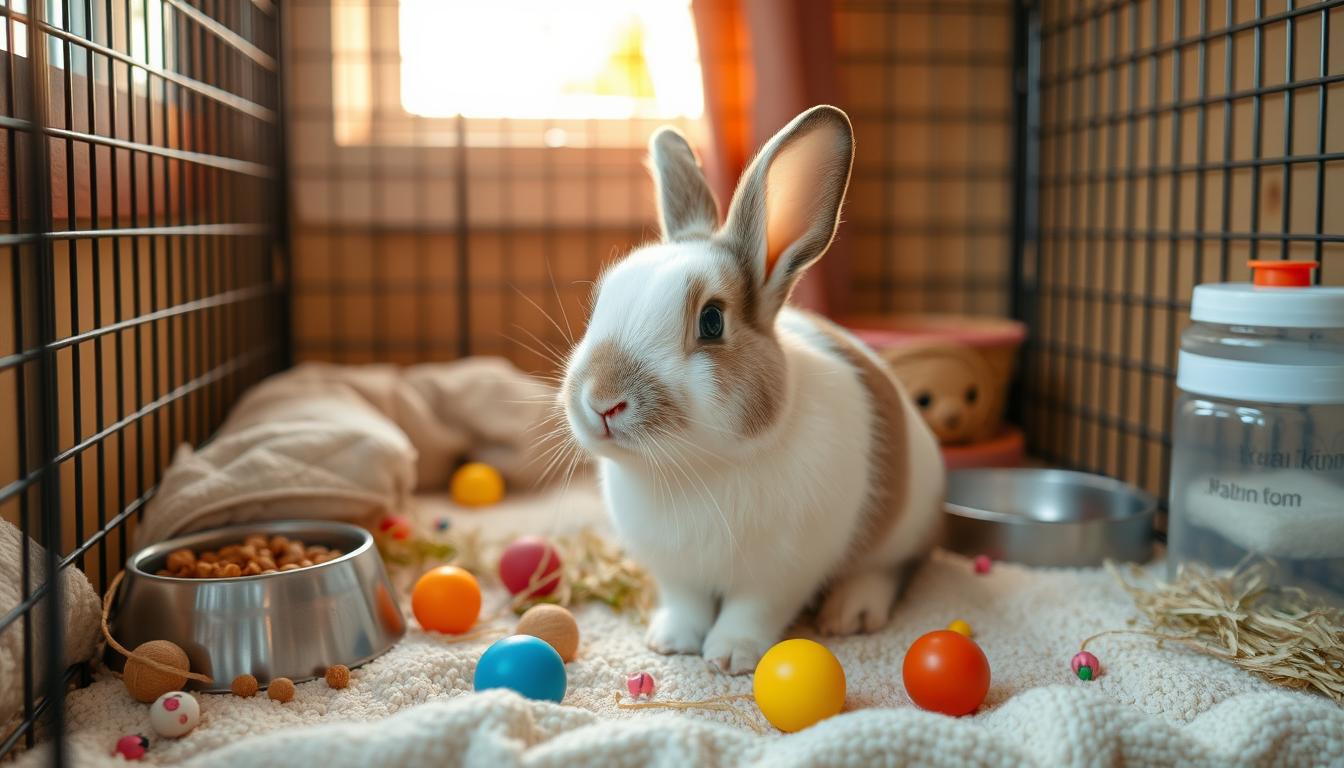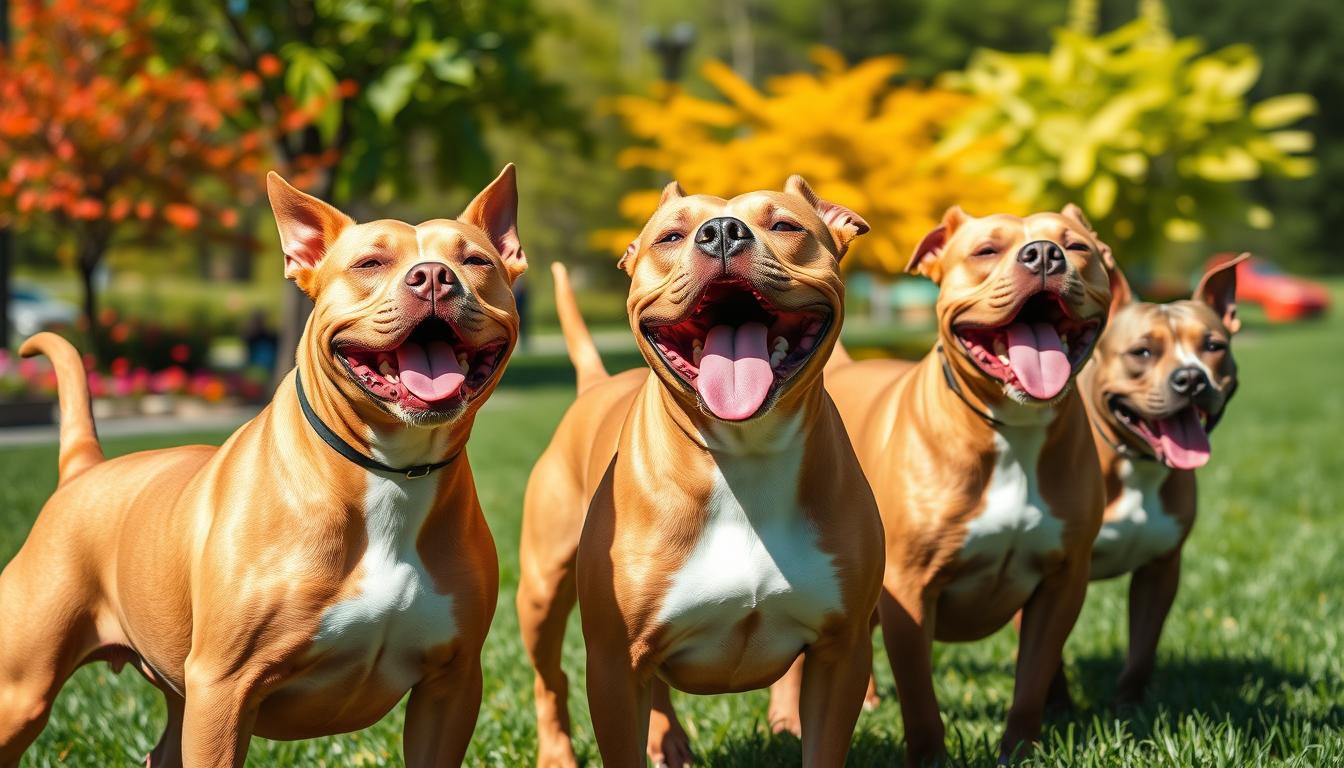Everything You Need to Know About the Teddy Bear Dog Breed

Everything You Need to Know About the Teddy Bear Dog Breed
1. Introduction
Are you charmed by the adorable fluffiness of the Teddy Bear dog breed? You’re not alone! Teddy Bear dogs are known for their irresistible looks and charming personalities. Whether you’re considering adding one to your family or just curious about this lovable breed, you’ve come to the right place. In this article, we’ll cover everything you need to know about Teddy Bear dogs, from their history to their health needs.

2. What is a Teddy Bear Dog?
A Teddy Bear dog isn’t a specific breed but rather a term used to describe certain small dog breeds with a teddy bear-like appearance. This typically includes breeds like the Shih Tzu, Bichon Frise, and Pomeranian, all known for their cute, round faces and fluffy coats. The name “Teddy Bear” reflects their plush, cuddly appearance, making them look like living stuffed animals.
3. History of the Teddy Bear Dog
The concept of the Teddy Bear dog is relatively modern, born out of a desire to create and identify small, cute dogs that resemble stuffed toys. While the individual breeds that fall under this category have rich histories of their own, the Teddy Bear dog as a concept gained popularity in the late 20th century. Breeders focused on enhancing their cuddly, bear-like characteristics, which led to the rise of the Teddy Bear dog’s appeal.
4. Physical Characteristics
Teddy Bear dogs are known for their small size and charming features. Here’s a breakdown:
Teddy Bear dogs are known for their sweet and affectionate nature. They are:
5.Friendly and Sociable: They get along well with children and other pets, making them great family dogs.
Playful and Energetic: They enjoy playing and need regular exercise to keep them happy.
Alert and Intelligent: They are quick learners but can sometimes be a bit stubborn.
6. Grooming Needs
To keep your Teddy Bear dog looking its best, regular grooming is essential:
Brushing and Bathing: Their coats require frequent brushing to prevent matting and regular baths to keep them clean.
Haircuts and Maintenance: Regular trims help maintain their teddy bear appearance and prevent their hair from becoming too unruly.
Common Grooming Challenges: Be prepared for shedding and the occasional need for professional grooming.
7. Training and Socialization
Proper training and socialization are crucial for a well-adjusted Teddy Bear dog:
Basic Training Tips: Start with basic commands and positive reinforcement to encourage good behavior.
Socialization with Other Animals: Early exposure to other animals and environments helps prevent fearfulness and aggression.
Common Behavioral Issues: Issues like separation anxiety or barking can be managed with consistent training and socialization.

8. Health Considerations
Like all breeds, Teddy Bear dogs have their health concerns:
Common Health Issues: Look out for potential issues such as dental problems, allergies, and joint issues.
Preventative Care: Regular vet check-ups, a balanced diet, and exercise are key to maintaining their health.
Regular Vet Visits: Routine visits ensure that any health issues are caught early and managed effectively.
9. Diet and Nutrition
Feeding your Teddy Bear dog the right diet is essential for their well-being:
Recommended Diet: A high-quality dog food that meets their nutritional needs is ideal. Small breed formulas are often recommended.
Common Dietary Concerns: Be mindful of their weight, as they can be prone to obesity.
Feeding Tips: Stick to a consistent feeding schedule and avoid giving too many treats.
10. Living Environment
Teddy Bear dogs adapt well to various living conditions:1
Ideal Living Conditions: They thrive in both apartments and houses, provided they get enough exercise.
Space and Exercise Requirements: Despite their small size, they need regular walks and playtime to stay healthy.
Adaptability to Different Homes: They adjust well to different environments but need a loving and secure home.
11. Breeding and Finding a Teddy Bear Dog
When looking for a Teddy Bear dog:
How to Find a Reputable Breeder: Look for breeders with a good reputation who prioritize health and ethical practices.
Adoption vs. Purchase: Consider adopting from a shelter or rescue organization as an alternative to purchasing.
What to Look for in a Puppy: Ensure the puppy is healthy, socialized, and has been well cared for.
12. Cost of Owning a Teddy Bear Dog
Owning a Teddy Bear dog involves various costs:
Initial Purchase or Adoption Fees: Expect to pay anywhere from a few hundred to a couple of thousand dollars, depending on the breed and source.
Ongoing Costs: Regular expenses include food, grooming, and vet visits.
Budgeting for Veterinary Care: Plan for unexpected health issues and emergencies.
13. Fun Facts About Teddy Bear Dogs
Here are some fun tidbits about these adorable dogs:
Unique Traits and Anecdotes: Many Teddy Bear dogs have won awards for their cuteness and charm.
Famous Teddy Bear Dogs: Some celebrities have even been spotted with their Teddy Bear dogs!
14. Conclusion
In summary, Teddy Bear dogs are a delightful choice for those seeking a small, affectionate companion. Their charming appearance and loving nature make them a popular pet choice. By understanding their needs and characteristics, you can provide a happy and healthy home for these adorable furballs.
15. FAQs
What breeds are considered Teddy Bear dogs?
Teddy Bear dogs often include breeds like Shih Tzus, Bichon Frises, and Pomeranians.
Are Teddy Bear dogs good with children?
Yes, they are generally friendly and good with children, making them excellent family pets.
How frequently should I groom my Teddy Bear dog?
Consistent grooming is crucial for maintaining the health of your Teddy Bear dog’s coat. Ideally, you should groom them every few weeks to prevent matting and tangles while keeping their fur looking its best.
What are some common health concerns for Teddy Bear dogs?
Teddy Bear dogs may face various health issues, such as dental problems, allergies, and joint concerns. Regular veterinary check-ups can help manage these issues effectively and keep your pet in good health.
How much physical activity does a Teddy Bear dog require?
Teddy Bear dogs benefit from regular physical activity to remain in peak condition. Daily walks and interactive play sessions are important to ensure they stay fit and mentally stimulated.



